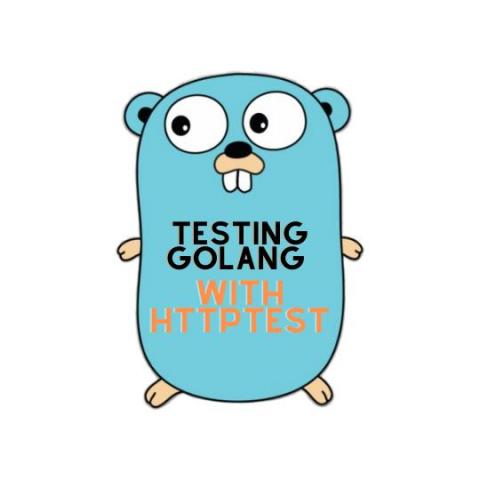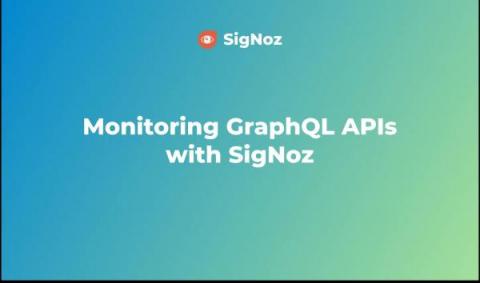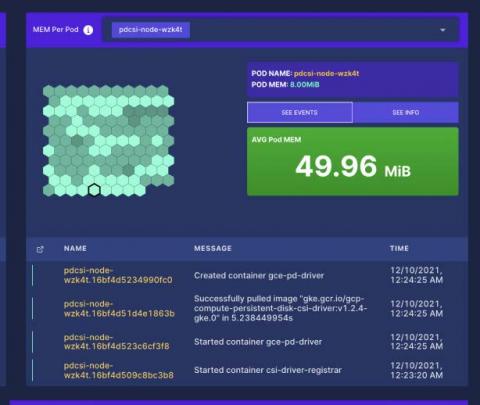Interacting With Your First Shipa API Call with Postman
The beauty of Shipa is that no matter how the surrounding ecosystem changes e.g your Continuous Delivery or Infrastructure-as-Code stacks, the Shipa API stays the same. If you are curious about interacting with this mystical API, there are a lot of surrounding integrations that do that for you. Though, if you want to directly interact with the API, you can send out HTTP requests to the Shipa API itself to create any sort of integration you require.











